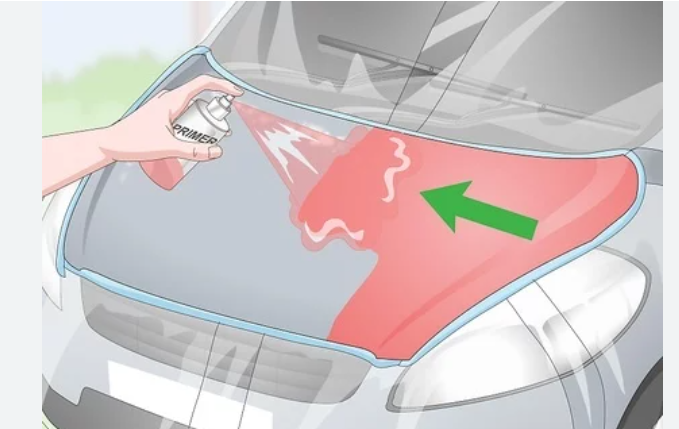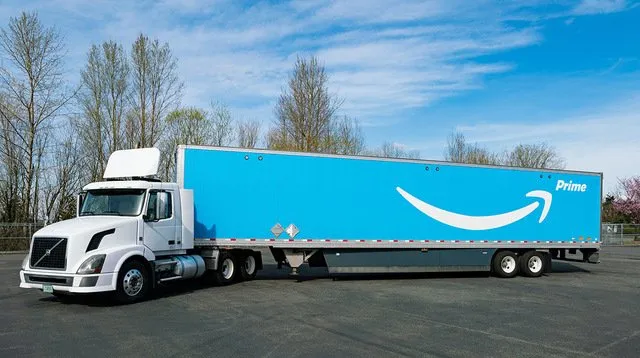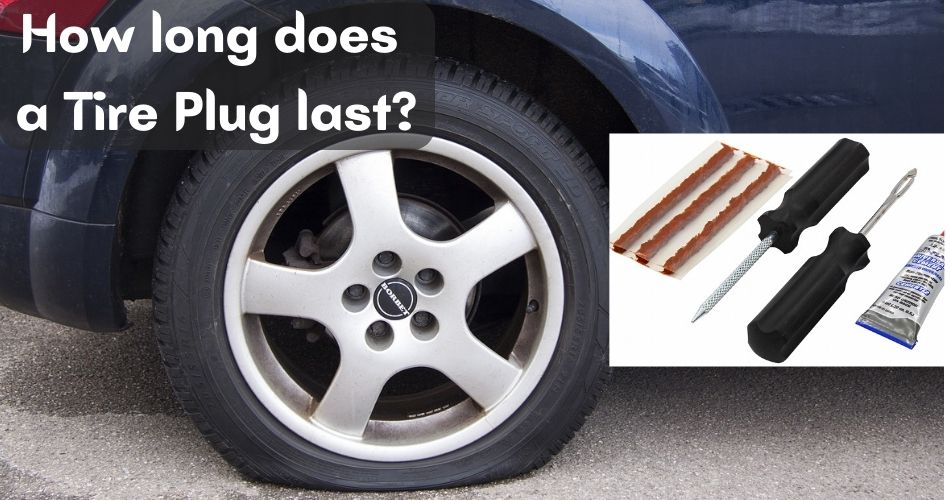The Evolution of Automobile Safety Features
In the domain of car designing, wellbeing has forever been a central concern. Throughout the long term, mechanical progressions have changed autos from fundamental transportation vehicles into complex machines outfitted with a variety of security highlights intended to safeguard tenants and decrease the probability of mishaps.
This “ The Evolution of Automobile Safety Features” development has been driven by a mix of administrative necessities, shopper interest for more secure vehicles, and progressions in designing and materials science.
Early Auto Wellbeing Elements
The historical backdrop of auto wellbeing highlights traces all the way back to the mid twentieth century when cars were first turning out to be broadly embraced.
At first, security highlights were simple and centered essentially around further developing vehicle strength and unwavering quality. A portion of the early wellbeing highlights included:
Headlights and Taillights:
Acquainted with improve perceivability and decrease mishaps during evening driving.
Windshield Wipers:
Intended to further develop perceivability in antagonistic weather patterns like downpour or snow.
Brake Systems:
Early stopping mechanisms were mechanical and frequently expected huge power to actually work.
As car innovation progressed, so did the comprehension of the requirement for more thorough wellbeing measures to safeguard inhabitants.

Advancement of Safety belts
Perhaps of the main headway in auto wellbeing accompanied the turn of events and broad reception of safety belts. Safety belts were presented during the twentieth hundred years and immediately became perceived as an essential security include.
At first, safety belts were lap belts, which controlled the chest area yet didn’t give full assurance in crashes. Over the long run, three-point safety belts, which incorporated a shoulder bridle, became standard because of their better capacity than limit tenants in front facing crashes.
The presentation of safety belt regulations in numerous nations further advanced their utilization and added to a huge decrease in fatalities and wounds in car crashes.
Today, safety belts are viewed as the best security gadget in vehicles and are much of the time supplemented by extra wellbeing highlights.
Progressions in Crashworthiness
Crashworthiness alludes to a vehicle’s capacity to safeguard tenants in case of an accident. Present day cars are planned with cutting edge materials and designing methods to further develop crashworthiness and diminish the seriousness of wounds.
Key progressions in crashworthiness include:
Fold Zones:
Intended to ingest and disperse motor energy during a crash, diminishing the effect powers moved to inhabitants.
Security Cages:
Built up traveler compartments that keep up with primary trustworthiness in crashes, shielding tenants from interruption and twisting.
Airbags:
Supplemental restriction frameworks that send quickly upon effect on pad inhabitants and forestall contact with hard surfaces.
Airbags, at first presented during the 1970s, have developed fundamentally regarding sending innovation and situating inside vehicles.
Today, vehicles are furnished with numerous airbags, including front facing airbags, side airbags, and drapery airbags, custom-made to safeguard tenants in different kinds of crashes.
Electronic Solidness Control (ESC) and Stopping automation (ABS)
Electronic Solidness Control (ESC) and Stopping automation (ABS) are two basic security includes that have become norm in present day vehicles:

ESC:
Screens vehicle security and intercedes by applying brakes to individual wheels to assist drivers with keeping up with control during slipping or loss of control circumstances.
ABS:
Keeps wheels from securing during crisis slowing down, permitting drivers to keep up with guiding control and decrease halting distances.
These frameworks have altogether further developed vehicle dealing with and solidness, especially in antagonistic street conditions or crisis circumstances.
High level Driver Help Frameworks (ADAS)
As of late, there has been a quick expansion of Cutting edge Driver Help Frameworks (ADAS) pointed toward upgrading driver mindfulness, further developing vehicle control, and moderating the gamble of mishaps. ADAS advances include:
Versatile Journey Control:
Consequently changes vehicle speed to avoid the vehicle ahead.
Path Takeoff Cautioning/Assist:
Alarms drivers when they unexpectedly float out of their path and may help with directing revisions.
Vulnerable side Detection:
Cautions drivers of vehicles in their vulnerable sides during path changes.
Programmed Crisis Braking:
Distinguishes unavoidable impacts and consequently applies brakes to forestall or moderate accidents.
These frameworks address a huge step towards semi-independent driving and are making ready for completely independent vehicles later on.
The Street Ahead
Independent Vehicles and Then some
Looking forward, the auto business is progressively centered around the turn of events and organization of independent vehicles (AVs). AV innovation vows to change street security by disposing of human mistake, which is a main source of car crashes.
Independent vehicles depend on a set-up of sensors, cameras, radar, and man-made brainpower to see and explore the climate, pursuing split-subsequent options to stay away from impacts and perils.
While completely independent vehicles are as yet going through testing and administrative examination, halfway mechanization highlights, for example, path keeping help and robotized leaving are now accessible in certain vehicles.
The change to independent driving raises complex lawful, moral, and administrative difficulties, however advocates contend that AVs can possibly definitely diminish auto collisions and fatalities.
The development of car wellbeing highlights has been a wonderful excursion set apart by advancement, designing greatness, and a guarantee to saving lives out and about.
From early progressions like safety belts and airbags to modern advances like ESC, ABS, and ADAS, every age of wellbeing highlights has added to making vehicles more secure and lessening the seriousness of wounds in mishaps.
FAQs
Q1: When were the main vehicle wellbeing highlights introduced?
A1: The principal auto wellbeing highlights, like headlights and taillights, were presented in the mid twentieth hundred years to upgrade perceivability and decrease mishaps during evening time driving.
Q2: What are fold zones and how would they further develop vehicle safety?
A2: Fold zones are intended to retain and disperse motor energy during a crash, lessening the effect powers moved to tenants. This assists with limiting wounds by controlling the misshapening of the vehicle during an accident.
Q3: How have safety belts developed over time?
A3: Safety belts have developed from basic lap belts to three-point safety belts, which incorporate a shoulder saddle. The three-point configuration gives better limitation and assurance to tenants in front facing crashes.
Q4: What is the contrast among ESC and ABS?
A4: Electronic Strength Control (ESC) assists drivers with keeping up with control during slipping or loss of control circumstances by applying brakes to individual wheels. Electronically monitored slowing mechanism (ABS) keeps wheels from securing during crisis slowing down, permitting drivers to keep up with guiding control and lessen halting distances.
Q5: What are some normal High level Driver Help Frameworks (ADAS) features?
A5: Normal ADAS highlights incorporate Versatile Journey Control, Path Takeoff Cautioning/Help, Vulnerable side Identification, and Programmed Crisis Slowing down.
These frameworks upgrade driver mindfulness, further develop vehicle control, and alleviate the gamble of mishaps.
Q6: Which job do airbags play in vehicle safety?
A6: Airbags go about as supplemental restriction frameworks that convey quickly upon effect on pad tenants and forestall contact with hard surfaces. Present day vehicles are outfitted with numerous airbags to give assurance in different sorts of impacts.
Q7: How are independent vehicles expected to affect street safety?
A7: Independent vehicles (AVs) are supposed to upset street wellbeing by disposing of human mistake, a main source of car crashes. AVs depend on cutting edge sensors, cameras, radar, and computerized reasoning to explore and keep away from crashes, possibly decreasing mishaps and fatalities.
End
The development of car wellbeing highlights features the ceaseless headways in innovation, designing, and materials science pointed toward safeguarding tenants and lessening the probability of mishaps.
From early developments like headlights and safety belts to complex frameworks like ESC, ABS, and ADAS, every age of security highlights has contributed altogether to making vehicles more secure.
As the business moves towards the advancement of independent vehicles, the potential for additional diminishing auto collisions and upgrading street wellbeing turns out to be progressively encouraging.
Be that as it may, this progress additionally gets new difficulties terms of network safety, obligation, and administrative structures. The continuous obligation to development and improvement in vehicle security highlights the car business’ devotion to making more secure streets for drivers, travelers, and walkers the same.
Looking forward, the mix of independent driving innovations vows to additional upgrade street security and change versatility. In any case, as innovation keeps on propelling, it will be significant for policymakers, makers, and buyers to team up in addressing difficulties connected with network protection, responsibility, and administrative systems.
Eventually, the advancement of car security highlights the business’ continuous obligation to development and consistent improvement in safeguarding drivers, travelers, and people on foot the same.
As new advances arise and wellbeing norms develop, the journey for more secure streets and vehicles stays a main thrust in the car business.
This extensive article investigates the verifiable turn of events, mechanical progressions, and future possibilities of car security highlights, stressing their basic job in improving street wellbeing and safeguarding vehicle tenants.


